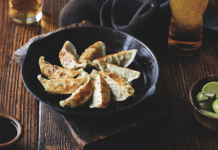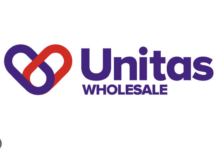With the beer and cider category experiencing an explosion in the diversity of drinks available, Toby Hill examines how wholesalers can take advantage and maximise profits ahead of summer
Few categories have experienced such transformation through the past decade as beer and cider. Once the preserve of mainstream lagers and a few real ales, trends towards craft and world beers have blown the market wide open.
Convenience retailers are delisting lagers to make space for limited-edition IPAs, while citrusy Californian pales jostle for bar space with speciality stouts brewed half a mile down the road. But how can wholesalers harness these fast-moving trends to drive up their profit margins? We talk to leading suppliers to find out.
Getting Crafty
The craft beer wave continues unabated, bringing with it higher margins and fresh opportunities for wholesalers and their customers alike.
“With an encouraging number of new breweries opening in 2018, craft beer is still very much on the rise,” says Dan Lowe, chief executive of Fourpure Brewing Co.
While there is profit potential aplenty, making craft beer work is not necessarily easy. Customer buying habits are much more unpredictable: whereas in core lager, wholesalers can stack up 12-packs of Budweiser and focus on PoS and promotions, getting the right craft range takes a lot more thought.
“I have three-for-£5 on my craft beer and real ale range, and 90% of the time my customers will buy three different types,” says Kent retailer Nishi Patel, who recently expanded the craft beer offering in his Londis Bexley Road store. “This means I need breadth, not depth, which takes work to manage.”
Moreover, trends move quickly in the category. Certain breweries will surf the peak of the wave for a time, and wholesalers that are able to anticipate what tuned-in customers are looking for can build a loyal following. Craft beer specialist Dave Hiscutt monitors various craft beer forums on Facebook and Twitter to keep his Weymouth store abreast of developments.
“There are always certain beers that are trendy,” he notes. “Everyone is raving about Verdant: that’s like gold dust. Cloud Water and Northern Monk are also popular.”
Seeking authenticity
The move towards craft in beer has had knock-on benefits for premium cider producers, according to Sheppy’s Cider’s head of sales, Melanie Timmins.
“A major opportunity for cider producers is the rise of craft varieties, in line with the growing popularity of craft beer,” she says. “Consumers recognise that UK producers such as Sheppy’s are inherently craft, therefore it’s important that wholesalers bear this in mind when choosing what to stock.”
Consequently, consumers are turning to more premium ciders to satisfy their thirst for authentic, quality products. “We are continuing to see a major move towards premiumisation,” says Chris Milton, off-trade sales director at Thatchers. “Consumers are prepared to spend more to enjoy a high-quality, premium cider.”
These are trends that are making themselves felt in stores and pubs across the country, with retailers reporting that premium lines are driving sales. “Premium apple ciders are selling best for us at the moment: Aspall, Thatchers, Green Goblin,” says Bart Dalla Mura, owner of Tysoe Village Stores in Warwick.
As a result, wholesalers would be well-served to stock and promote NPD from premium cider brands. Thatchers has just launched Rosé Cider, while the brand’s Haze Cider, naturally cloudy due to its use of the Jonagold apple, is now the off-trade’s leading cloudy cider. Elsewhere, Sheppy’s 200 Special Edition was launched two years ago to mark the firm’s bicentenary, but by showcasing the brand’s provenance, it has established itself as one of the company’s bestsellers.
Alcohol avoiders anonymous
While clutching an alcohol-free beer may once have got you laughed out of the room, broader cultural concerns with healthy living have turned low- and no-alcohol beers into one of the category’s key growth areas. Manufacturers have responded positively, with Budweiser Brewing Group’s head of trade marketing, Sharon Palmer, describing Britain as a “moderation nation”.
“The increased demand for low- and no-alcohol options is a clear market trend,” she says. Budweiser Brewing Group aims to harness this trend through its development of Michelob Ultra. “Brewed to 3.5% ABV and with 79 calories per 355ml can, this premium light beer responds to the trend for Brits leading an active lifestyle and wanting a light beer to complement this,” Palmer adds.
Similar shifts are reshaping the cider market, too. “Low- and no-alcohol alternatives have become more prevalent as waves of health and well-being trends have begun to have a marked impact on consumers’ attitude to food, drink and health in general,” says Timmins. “Wholesalers need to recognise this and adapt to the ever-increasing demand for low- and no-alcohol alternatives.”
Sheppy’s can help wholesalers do this via its most recent product launch, Low Alcohol Classic Cider, with an ABV of 0.5%.
Alcohol-laced adventures
While British consumers may be seeking to cut down on their alcohol intake, their instincts for travel and adventure remain as strong as ever. This is clear in the growing demand for world beers and exotic flavours that evoke far-flung corners of the globe.
“World beers have seen category growth of 13% in the off-trade and similarly in the on-trade, where world beer is experiencing performance growth of 10.7%,” notes Christian Sarginson, brand controller at Global Brands, citing statistics from IRI and the Marstons On Trade Beer Report.
Global Brands aims to capture this demand with Amigos Tequila Beer, which blends tequila – another on-trend product – with lime and lager to make an accessible, Mexico-influenced beer that cuts across the gender divide. “Thirty-four per cent of Amigos’ consumers are women, a larger number than the typical 13% within the wider beer category,” Sarginson adds.
However, while exciting trends and developments continue to reshape the beer and cider category, for many wholesalers, the overwhelming bulk of turnover continues to come from traditional core products, such as mainstream brands of lager.
Retailer viewpoints

“We’ve been pushing craft since a refit in September, but it’s challenging to get a broad enough range. That’s partly because wholesalers don’t really push local craft beers with PoS, they tend to focus on corporate craft beers. It would be great to see more beers from microbreweries in our wholesaler – it feels like they’re missing a gap in the market.”

“It’s all about local craft beer. Obviously, craft has been a fad for a long time, but the focus is really on local now. There’s been a massive spike in microbreweries and people want to support small businesses as well as try something new. Our draught beers come from a local brewery.”

“We’re not a pub, so people don’t come here looking for unusual beers. Still, people want interesting varieties: we have San Miguel and Carlsberg Export on draught and we’re replacing the Carlsberg with Poretti. Our biggest suppliers are Fourpure and the London Beer Factory.”

“Generic brands of fruit cider are on-trend and we sell a lot of them. But we also have a couple of local lines – Knights Malvern Oak, Knights Malvern Gold – that are increasingly popular. Premium lines such as Brothers go well, too.”
Industry viewpoint

“New drinkers are still piling into the craft beer category, so wholesalers need to cater to where different drinkers are on their beer journey. It’s great to offer accessible styles like craft lager, pale ales and session IPAs, but it’s also worth having a couple of more challenging styles on the shelf that follow trends, such as sours and darker ales.
“A good range will give people newer to the craft beer scene a chance to test their palate and find the varieties that work for them. After all, craft is all about choice.”
Product news
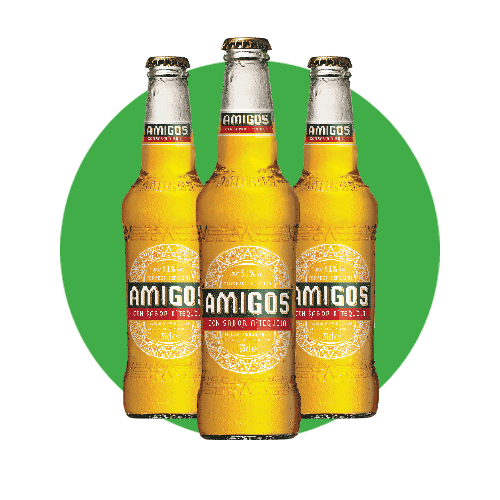
Harnessing demand for adventurous drinking experiences, Amigos Tequila Beer is available in 500ml bottles and 4x330ml multipacks, including price-marked packs at £5.29.
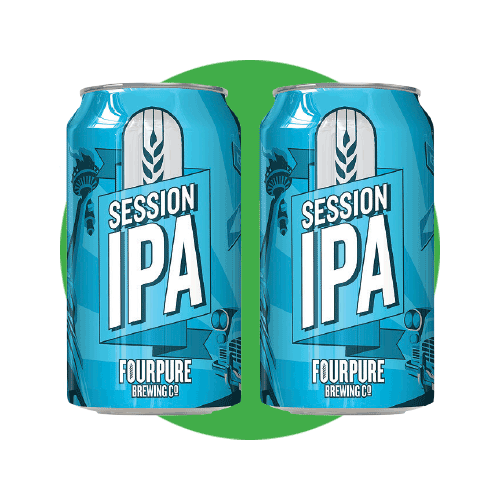
An accessible IPA from one of London’s leading craft breweries, Fourpure Session IPA
is perfect for any wholesaler looking to extend their craft offering.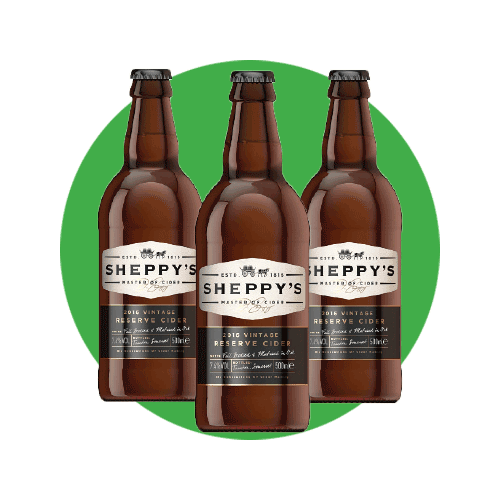
Perfectly presented to channel demand for premium cider, Sheppy’s Vintage Reserve Cider offers an authentic cider drinking experience, with an ABV of 7.4%.
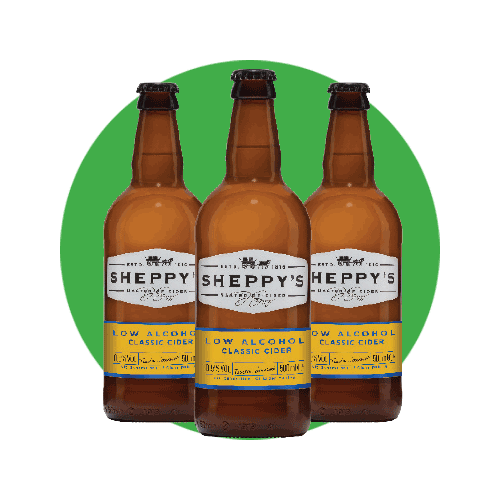
At the other end of the scale, Sheppy’s Low Alcohol Classic Cider offers cider-lovers a healthy, low-ABV alternative to traditional strong ciders, with an ABV of 0.5%.
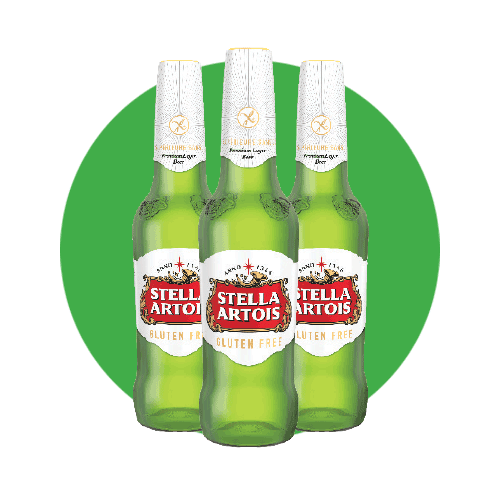
Free-from trends are also reshaping the drinks market and Budweiser Brewing Group is making the most of an increase in demand for free-from products with its Stella Artois Gluten Free beer.
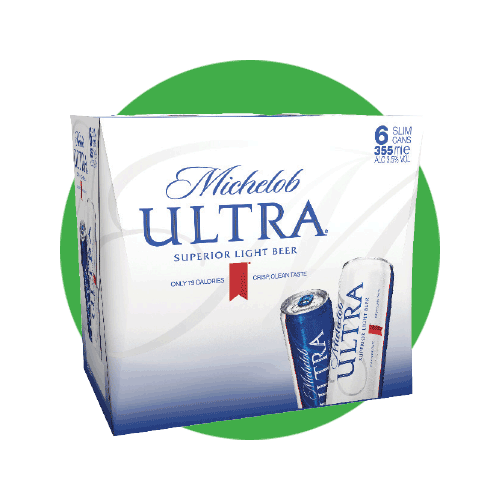
As the once booze-swilling Brits move towards moderation, Budweiser Brewing Group is aiming to meet demand for light beers with its new Michelob Ultra, brewed at 3.5%.
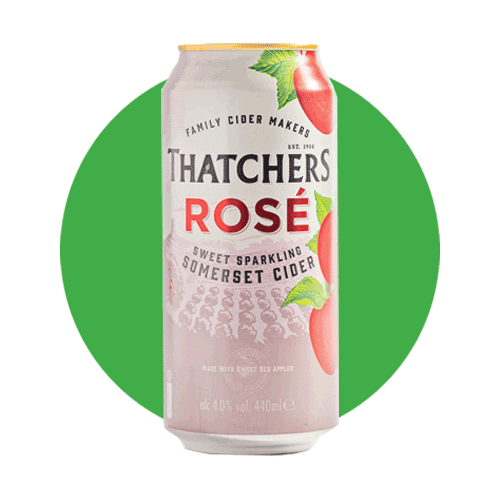
With cider drinkers thirsty for innovation, Thatchers Rosé adds a splash of colour using Pink Lady, Fuji and Gala apples, sold in both a 4x440ml can pack and 500ml bottle.
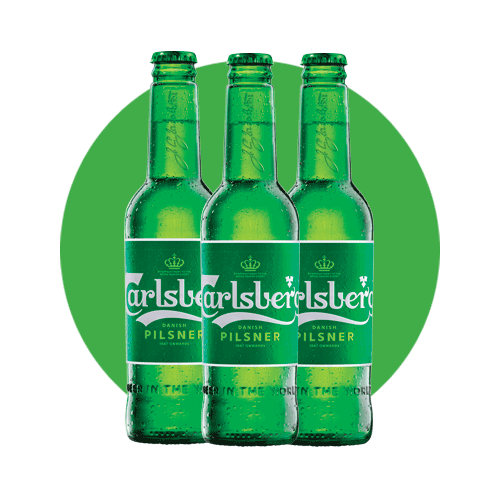
With customers increasingly willing to pay extra for quality lager, Carlsberg has developed its Danish Pilsner to ensure the brand stays on top of trends towards trading up.
Takeaway points
1. Crafty prioritising – Craft buyers prioritise variety and novelty, so wholesalers need to consider how they can offer their customers the range and insight necessary to make the sub-category work.
2. Value authenticity – Mirroring craft beer trends, cider drinkers increasingly value authenticity and provenance, fuelling trends towards premiumisation.
3. Healthier thinking – Healthy living trends have impacted the beer and cider category, generating growing demand for low- and no-alcohol alternatives.
4. Keep hold of the core – Core products remain vital, with retailers reporting a consolidation towards value, driving sales of pint cans, economy brands and large multipacks of mainstream lager.
5. Experimentation – Many consumers are seeking exciting drinking experiences, preferring world beers and exotic flavours in place of the familiar lager brands.




